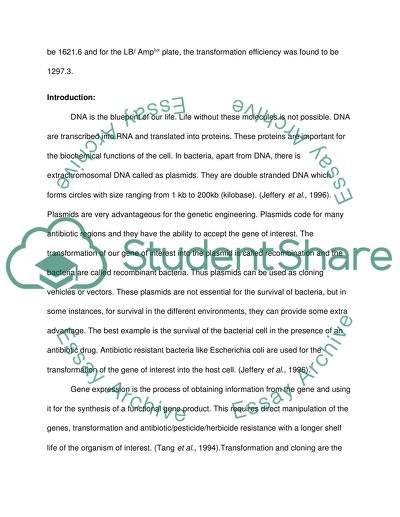Cite this document
(“Bacterial transformation and gene expression Lab Report”, n.d.)
Retrieved from https://studentshare.org/biology/1652795-bacterial-transformation-and-gene-expression
Retrieved from https://studentshare.org/biology/1652795-bacterial-transformation-and-gene-expression
(Bacterial Transformation and Gene Expression Lab Report)
https://studentshare.org/biology/1652795-bacterial-transformation-and-gene-expression.
https://studentshare.org/biology/1652795-bacterial-transformation-and-gene-expression.
“Bacterial Transformation and Gene Expression Lab Report”, n.d. https://studentshare.org/biology/1652795-bacterial-transformation-and-gene-expression.


